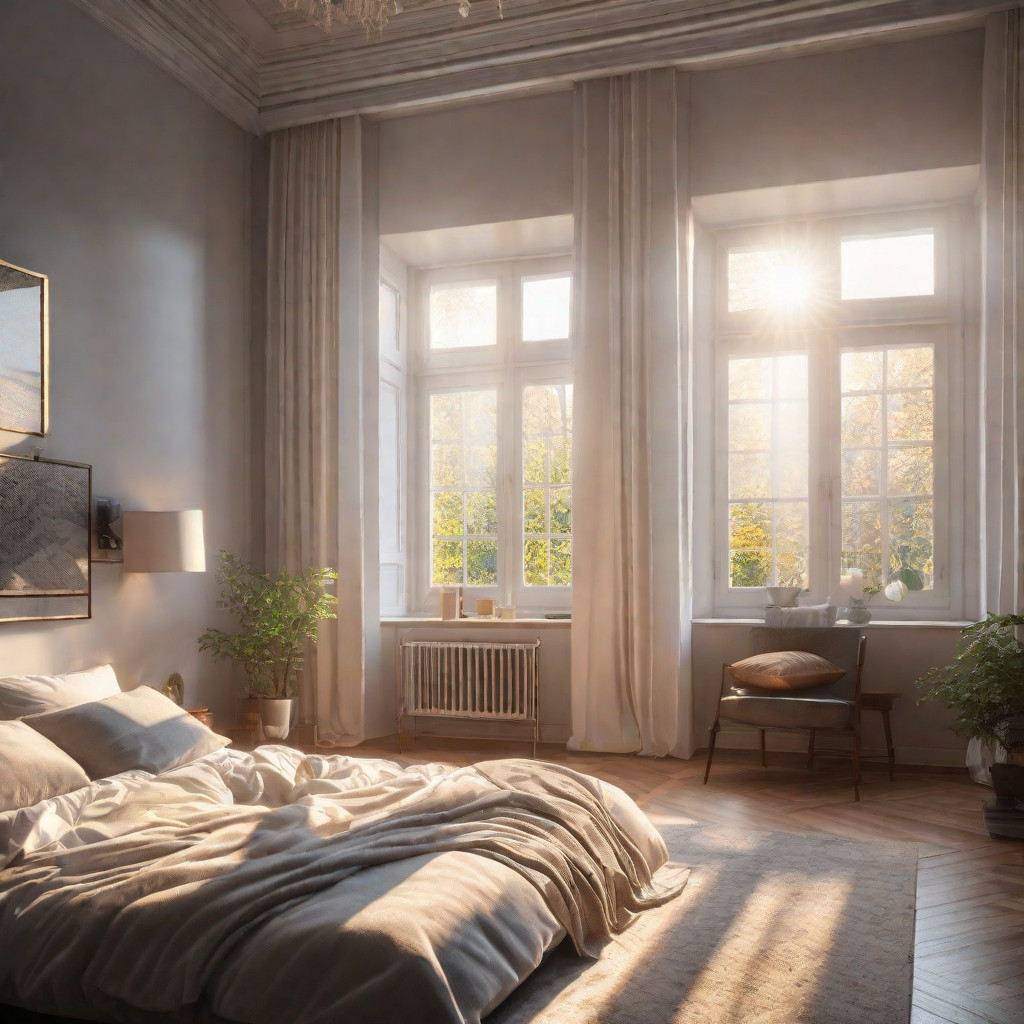
Vastu-compliant bedroom designs have been gaining popularity as people seek ways to improve their sleep quality, energy levels, and overall well-being. By incorporating the principles of Vastu Shastra, an ancient Indian architectural system, these bedroom designs aim to create a harmonious and balanced space that promotes relaxation and rejuvenation.
In this article, we will explore the key elements of Vastu-compliant bedroom designs and how they can transform your sleeping sanctuary into a haven of tranquility. Imagine entering your bedroom after a long day – a place where you can escape from the chaos of the world, unwind, and recharge for tomorrow’s adventures.
Now picture this: every aspect of your bedroom’s design is intentionally aligned with ancient principles that promote positive energy flow and harmony in your life. This is what Vastu-compliant bedroom designs offer.
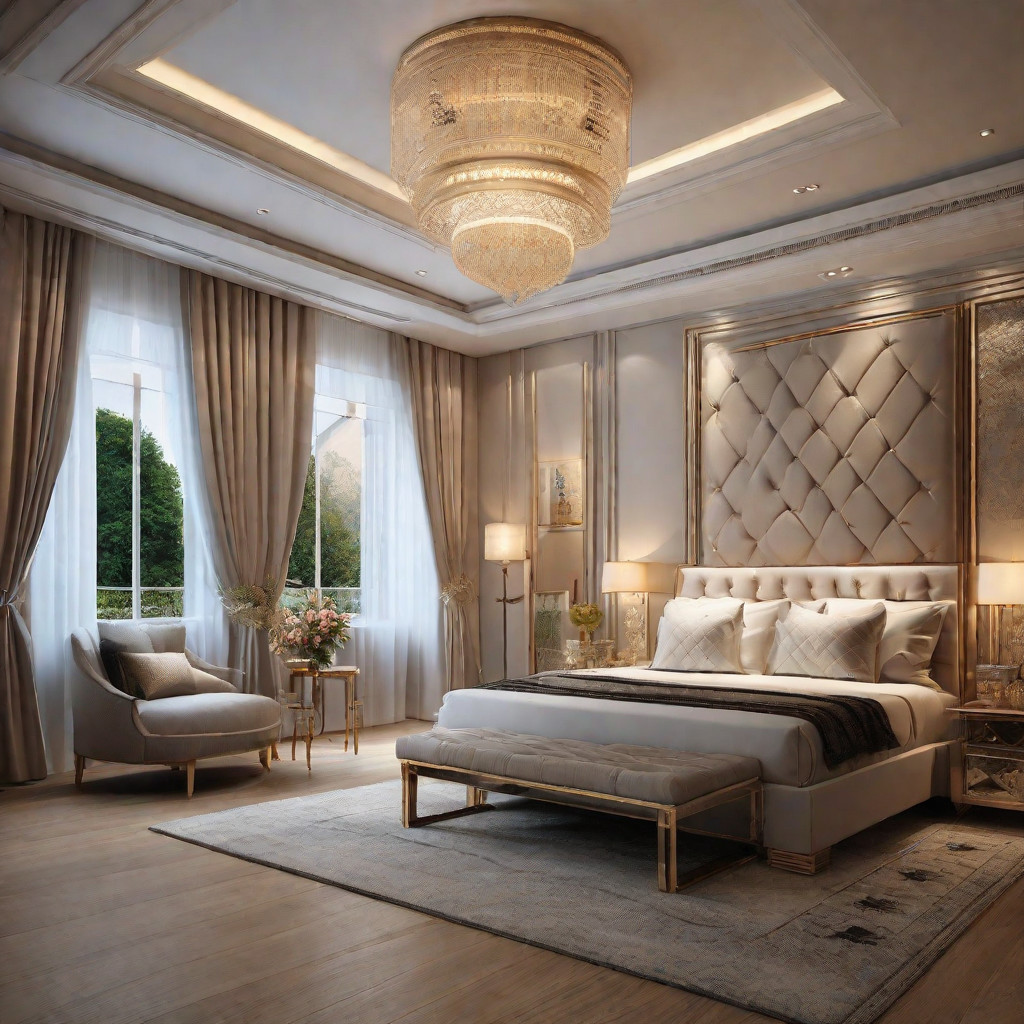
Whether you’re looking to revitalize your sleep routine or create a serene atmosphere for meditation, incorporating Vastu Shastra principles into your bedroom design can bring about profound changes in both physical and mental well-being.
Join us on this exploration as we delve into the fascinating world of Vastu-compliant bedrooms and discover how they can enhance our lives in more ways than one.
What is Vastu and its significance?
Vastu is an ancient Indian architectural science that focuses on designing and arranging buildings in harmony with natural elements and energy flows. Its significance lies in creating a balanced and positive environment, which is believed to promote health, happiness, prosperity, and spiritual well-being.
By following Vastu principles, it is believed that one can enhance the flow of positive energy and minimize negative influences in a living or working space.
Vastu is based on the idea that everything in the universe, including buildings and their surroundings, is interconnected. It seeks to align these elements with the cosmic energies to create a space that supports physical and mental well-being.
One of the key principles of Vastu is the concept of five natural elements – earth, water, fire, air, and space. These elements are believed to have specific qualities and energies that can impact our lives. Vastu suggests incorporating these elements harmoniously into architectural
Importance of a well-designed bedroom according to Vastu-compliant Bedroom Designs
A well-designed bedroom is of great importance according to Vastu. Vastu, an ancient Indian science of architecture and design, believes that the layout and arrangement of a bedroom can greatly influence the energy flow within the space, thereby affecting the overall well-being and harmony of individuals residing in it.
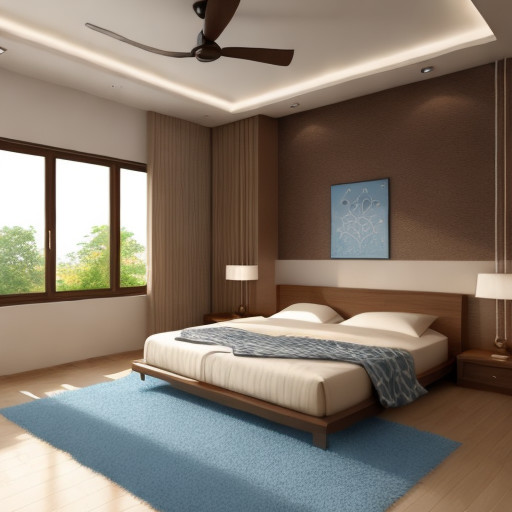
One key aspect of Vastu-compliant Bedroom Designs is the placement of the bed. It is recommended to position the bed in such a way that it aligns with the magnetic north direction. This is believed to promote better sleep quality and overall health. Additionally, it is important to avoid placing the bed under a beam or directly facing a mirror, as these can create negative energy and disrupt peaceful sleep.
The color scheme and decor choices also play a significant role in creating a Vastu-compliant Bedroom Designs. Earthy tones such as beige, light yellow, or pale green are considered soothing and preferable for bedroom walls. Similarly, using soft fabrics and natural materials for bedding and furniture can help create a calming atmosphere.
Furthermore, clutter-free surroundings are highly emphasized in Vastu principles. Keeping the bedroom clean, organized, and free from unnecessary objects promotes positive energy flow and enhances relaxation. It is recommended to remove any items related to work or exercise equipment from the bedroom so that it remains exclusively dedicated to restful activities.
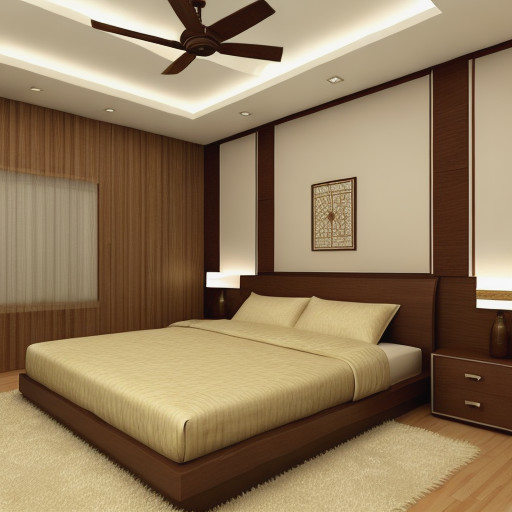
Proper ventilation and natural lighting are essential aspects of Vastu for bedrooms as well. Allowing fresh air to circulate freely through windows or by using air purifiers helps maintain good air quality while enhancing positive energy within the room. Similarly, incorporating ample natural light during daytime creates a vibrant environment that positively affects mood and overall well-being.
In conclusion, creating a well-designed bedroom according to Vastu-compliant Bedroom Designs has its benefits. From improving sleep quality to promoting positive energy flow, following Vastu guidelines can contribute to creating a harmonious space that supports relaxation, rejuvenation, and overall physical and mental well-being.
Vastu principles for bedroom layout and direction
Sure, here are some Vastu principles for bedroom layout and direction:
1. Placement: The master bedroom should ideally be located in the southwest corner of the house. Avoid placing the bedroom in the northeast or southeast corners.
2. Bed placement: The bed should be placed with the head towards the south or east direction. This promotes good health and sound sleep.
3. Avoid mirrors: Mirrors should not be placed directly opposite the bed as it can cause disturbed sleep and restlessness.
4. Furniture arrangement: Keep furniture in a way that allows free movement around the room. Avoid clutter and keep the space organized.
5. Colors: Choose soothing colors for the bedroom walls like light shades of blue, green, or pink. Avoid using dark or bright colors as they can create a sense of restlessness.
6. Lighting: Ensure that there is ample natural light during daytime in the bedroom. Use soft, dimmable lights for artificial lighting to create a relaxing atmosphere.
7. Electronics: Keep electronic devices like TVs, computers, and smartphones away from the bed as they can disturb sleep patterns and emit electromagnetic waves.
8. Storage: Avoid storing heavy items or clutter under the bed as it can block positive energy flow.
Remember that these principles are based on Vastu Shastra, an ancient Indian architectural science, but personal preferences may also play a role in bedroom layout and design choices.
Ideal placement of furniture in a Vastu-compliant Bedroom Designs
Vastu Shastra, an ancient Indian architectural science, offers guidelines for the ideal placement of furniture in a bedroom to promote positive energy flow and create a harmonious environment. Here are some key principles to consider:
1. Bed Placement: According to Vastu, the bed should be placed in the southwest corner of the bedroom, with the headboard against the wall on the south or west side. Avoid placing the bed under a window as it may disrupt sleep.
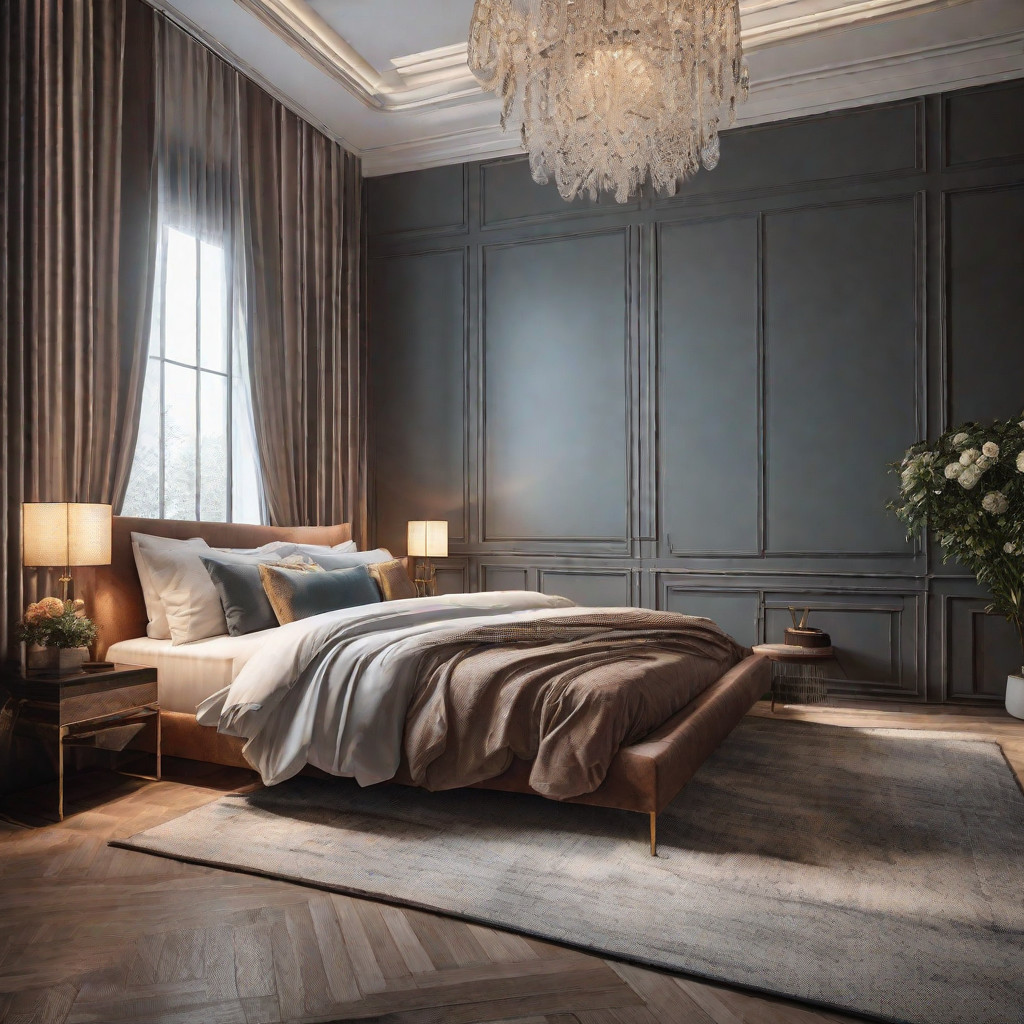
2. Wardrobe and Storage: The wardrobe or cupboards should ideally be placed in the southwest or northwest corner of the room. Ensure that they open easily without any obstructions.
3. Mirror Placement: If you have a mirror in your bedroom, make sure it is not directly facing the bed. This is believed to cause disturbance in sleep and create negative energy. Ideally, place mirrors on either side of the bed or on walls where they don’t reflect your body while sleeping.
4. Study Desk or Work Area: If you have a study desk or work area in your bedroom, it should be positioned in the northeast corner of the room. This promotes focus, concentration, and positive energy flow while studying or working.
5. Seating Arrangement: Place chairs or seating arrangements in the north or east direction of the room, ensuring they don’t block any doors or windows.
6. Electronic Devices: Keep electronic devices such as televisions and computers away from your bed as their electromagnetic fields can disturb sleep patterns.
7. Avoid Clutter: Maintain cleanliness and organization within your bedroom space to allow positive energy to flow freely.
Remember that these guidelines are based on Vastu principles but personal preferences and practicality should also be considered when arranging furniture in your bedroom for ultimate comfort and functionality.
Colors and lighting for positive energy flow for Vastu-compliant Bedroom Designs
To create a positive energy flow in Bastu Sastra (the science of architecture), it is important to consider the colors and lighting within the space.
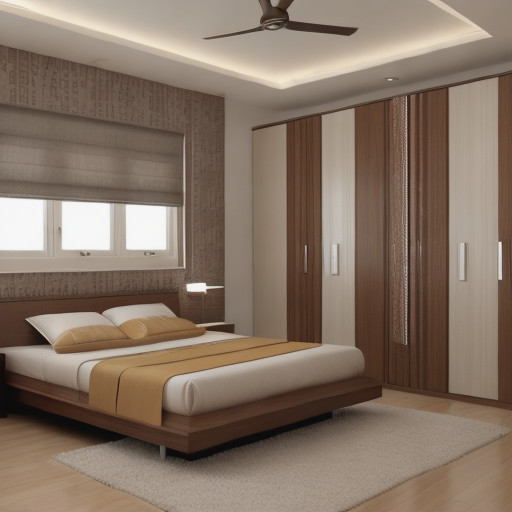
The choice of colors should be vibrant and soothing, promoting a sense of harmony and balance. Some recommended colors include:
1. Yellow: This color symbolizes positivity, warmth, and vitality. It can uplift the mood and create an inviting atmosphere.
2. Green: Green represents nature, growth, and rejuvenation. It brings a sense of calmness and tranquility to the space.
3. Blue: Blue is associated with serenity, peace, and relaxation. It helps to create a soothing ambiance that promotes mental clarity and focus.
4. Orange: Orange is a vibrant color that signifies enthusiasm, creativity, and joy. It adds liveliness to the environment while stimulating positive emotions.
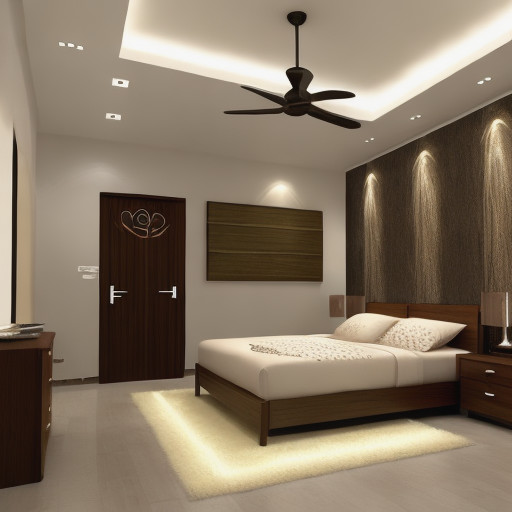
In addition to choosing appropriate colors, proper lighting is crucial for enhancing positive energy flow in Bastu Sastra. Here are some tips:
1. Natural Light: Incorporate ample windows or skylights to allow natural light into the space. Sunlight has a rejuvenating effect on the mind and body.
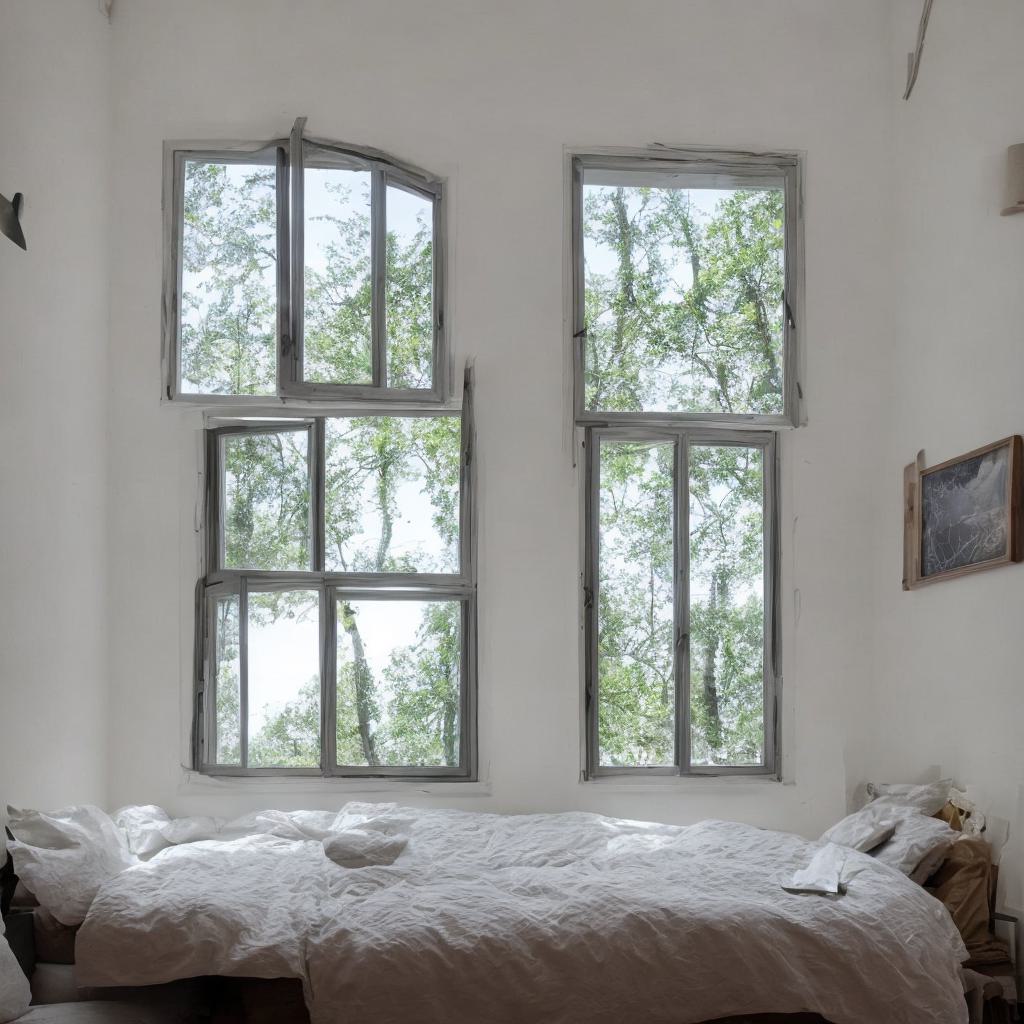
2. Soft Lighting: Use soft or diffused lighting fixtures rather than harsh or bright lights. Soft lighting creates a cozy and calming atmosphere.
3. Warm Light: Opt for warm-toned light bulbs instead of cool white lights as they promote relaxation and comfort.
4. Dimmers: Install dimmer switches to adjust the intensity of light according to different activities or moods within the space.
By carefully selecting colors that evoke positive emotions and utilizing appropriate lighting techniques, you can enhance the energy flow in your Bastu Sastra-inspired space, creating a harmonious and uplifting environment for all who inhabit it.
Incorporating natural elements for harmony and balance according to Vastu-compliant Bedroom Designs
Natural elements play a crucial role in creating harmony and balance in Bastu Sastra, also known as the ancient Indian science of architecture. By incorporating these elements into the design and construction of buildings, architects can create spaces that promote well-being and a sense of connection with the surrounding environment.
One key element to consider is the use of natural materials. Traditional building materials such as wood, stone, and clay not only provide a more sustainable and eco-friendly option but also contribute to a sense of grounding and stability. These materials have unique textures, colors, and patterns that add depth and character to the built environment.
Another important aspect is the integration of natural light. Maximizing the use of sunlight not only reduces energy consumption but also creates a warm and inviting atmosphere.
Large windows, skylights, and light wells can be strategically placed to allow ample daylight to penetrate deep into the interior spaces. Additionally, incorporating views of nature through these openings can enhance the connection between indoors and outdoors.
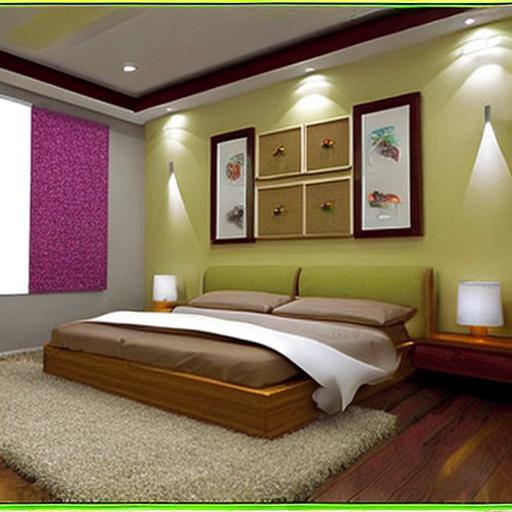
Furthermore, incorporating greenery through landscaping or indoor plants brings nature closer to human-made structures. Plants not only improve air quality but also provide visual relief, creating a calming effect on occupants. Gardens, courtyards, or even vertical gardens can be integrated into the architectural design to bring nature closer to people’s daily lives.
Water features are another vital element in Bastu Sastra for creating a harmonious environment. The sight and sound of flowing water have a soothing effect on our senses. Water bodies like ponds, fountains, or even small cascades can be incorporated into outdoor areas or indoor atriums to promote relaxation and tranquility.
Lastly, paying attention to the overall site planning is essential for achieving harmony and balance in Vastu-compliant Bedroom Designs. Designing buildings in harmony with their surroundings ensures that they blend seamlessly with the natural landscape rather than standing out as alien structures.
This can involve preserving existing trees or topography while carefully orienting buildings to take advantage of natural views and prevailing winds.
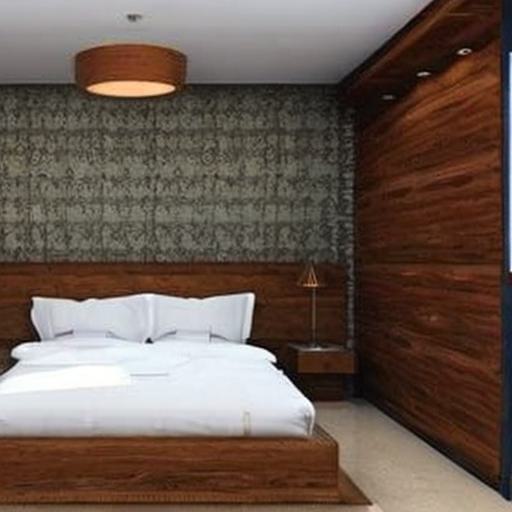
Incorporating natural elements into Bastu Sastra not only enhances the aesthetics of buildings but also contributes to the well-being of occupants. By consciously designing spaces that embrace nature, architects can create environments that promote harmony, balance, and a deep connection with the natural world.
Conclusion: Creating a peaceful and harmonious sanctuary according to Bastu Sastra
Creating a peaceful and harmonious sanctuary according to Bastu Sastra requires careful attention to various elements. By incorporating certain principles and following specific guidelines, one can establish an environment that promotes tranquility and balance.
Firstly, the layout of the sanctuary should be considered. According to Vastu-compliant Bedroom Designs, it is important to arrange the rooms in a way that allows for smooth energy flow. This can be achieved by ensuring that there are no obstacles or clutter blocking the pathways between rooms.
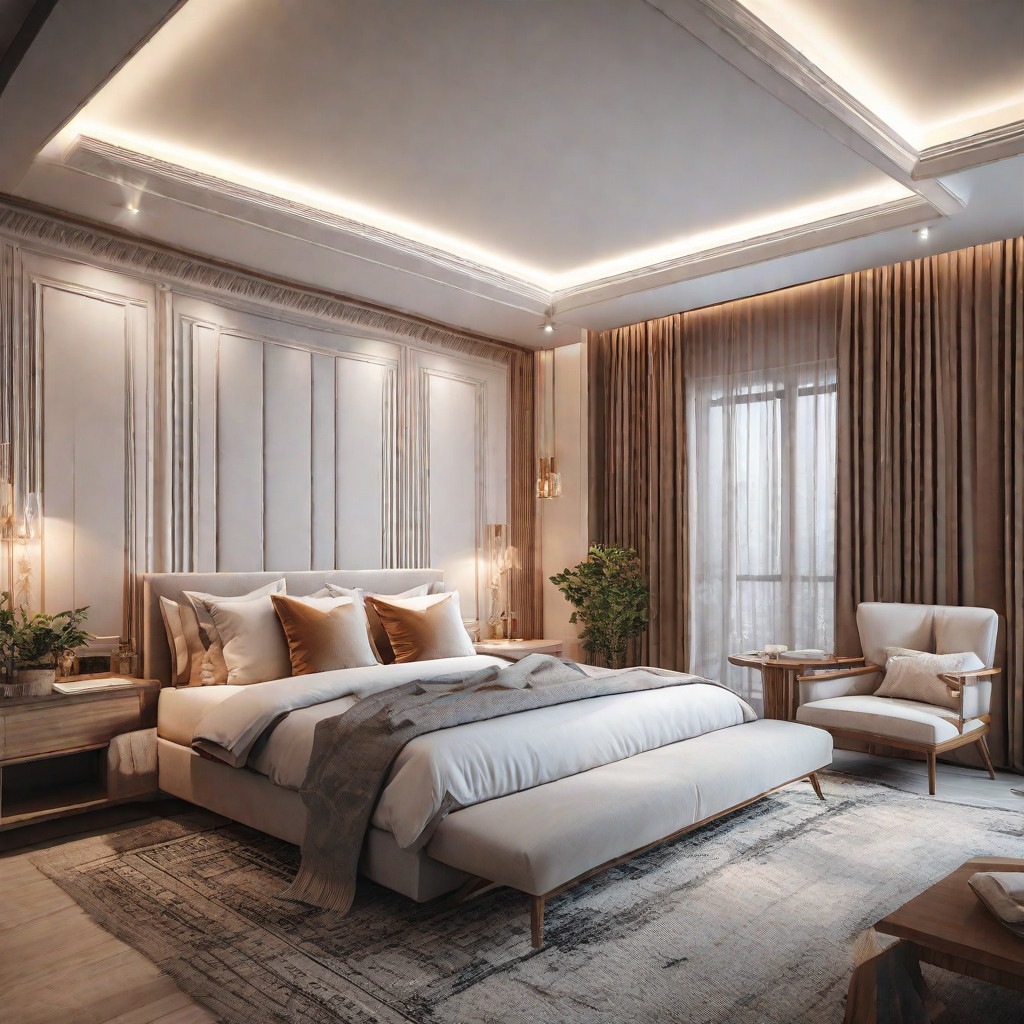
Additionally, the placement of furniture and objects should be done mindfully, keeping in mind the principles of balance and harmony.
Secondly, the colors used in the sanctuary play a significant role in creating a peaceful atmosphere. According to Bastu Sastra, soft and muted colors such as pastels or earth tones are recommended.
These colors have a calming effect on the mind and promote relaxation. Bright and vibrant colors should be avoided as they can create a sense of restlessness.
Furthermore, natural materials should be prioritized when selecting furniture and decor for the sanctuary. According to Bastu Sastra, materials such as wood, bamboo, and stone are believed to have positive energy and contribute to a peaceful ambiance. Synthetic materials should be minimized as they are thought to disrupt the flow of energy within the space.
Another aspect to consider is lighting. In accordance with Bastu Sastra principles, natural light is highly regarded for its positive influence on mental well-being. Therefore, maximizing natural light sources by using large windows or skylights is encouraged. When artificial lighting is necessary, soft and warm lights are preferred over harsh fluorescent lighting.
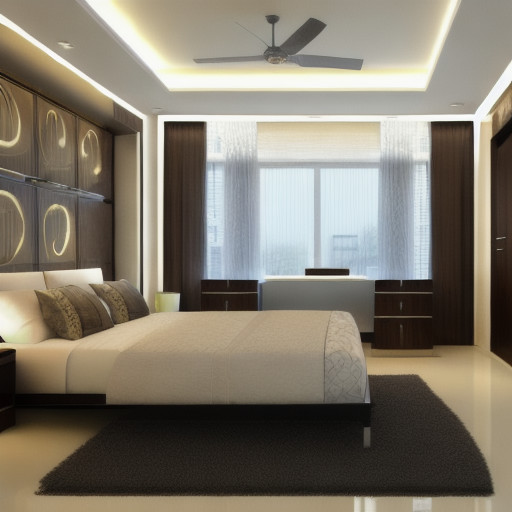
Lastly, incorporating elements from nature into the sanctuary helps create a connection with the surrounding environment. Indoor plants not only add aesthetic value but also purify the air and contribute to a sense of calmness. Water features such as fountains or small ponds can also be included to introduce soothing sounds and further enhance tranquility.
In conclusion, creating a peaceful and harmonious sanctuary according to Bastu Sastra involves careful consideration of the layout, colors, materials, lighting, and incorporation of natural elements. By adhering to these principles, one can establish a space that promotes relaxation, balance, and overall well-being.
FAQs
1. What is Vastu-compliant bedroom design?
Vastu-compliant bedroom design is a practice based on ancient Indian principles that aim to create a harmonious and balanced energy flow in the bedroom, promoting well-being, peace, and positivity.
2. Why should I opt for a Vastu-compliant bedroom design?
A Vastu-compliant bedroom design can enhance the overall energy of your space, leading to better sleep quality, improved relationships, increased productivity, and a sense of tranquility.
3. How can I implement Vastu principles in my bedroom design?
To implement Vastu principles in your bedroom design, consider factors such as bed placement, room orientation, color schemes, lighting arrangements, and furniture positioning according to the guidelines provided by Vastu experts.
4. Can following Vastu principles help improve my sleep quality?
Yes, a well-designed Vastu-compliant bedroom can positively impact your sleep quality by creating an environment conducive to relaxation and rejuvenation. Proper bed placement and decluttering are essential aspects that contribute to better sleep patterns.
5. Is it necessary to completely rearrange my current bedroom layout for Vastu compliance?
No, it is not always necessary to completely rearrange your current bedroom layout. Simple adjustments like changing the position of the bed or adding certain colors or elements can help align your space with Vastu principles.
6. Are there specific colors recommended for a Vastu-compliant bedroom?
Yes, certain colors are believed to be more beneficial for a Vastu-compliant bedroom. Soft pastel shades like light blue or green are generally considered suitable as they promote calmness and relaxation.
7. Can incorporating plants in my Vastu-compliant bedroom have any benefits?
Yes, incorporating indoor plants in your Vastu-compliant bedroom can have multiple benefits including improved air quality, reduced stress levels, enhanced overall ambiance, and positive energy flow.
8. Are there any Vastu guidelines for bedroom furniture placement?
Yes, Vastu guidelines suggest placing the bed in the southwest corner of the room with the head facing either east or south for a restful sleep. It is also advisable to avoid placing mirrors directly opposite the bed to prevent disturbance in energy flow.







